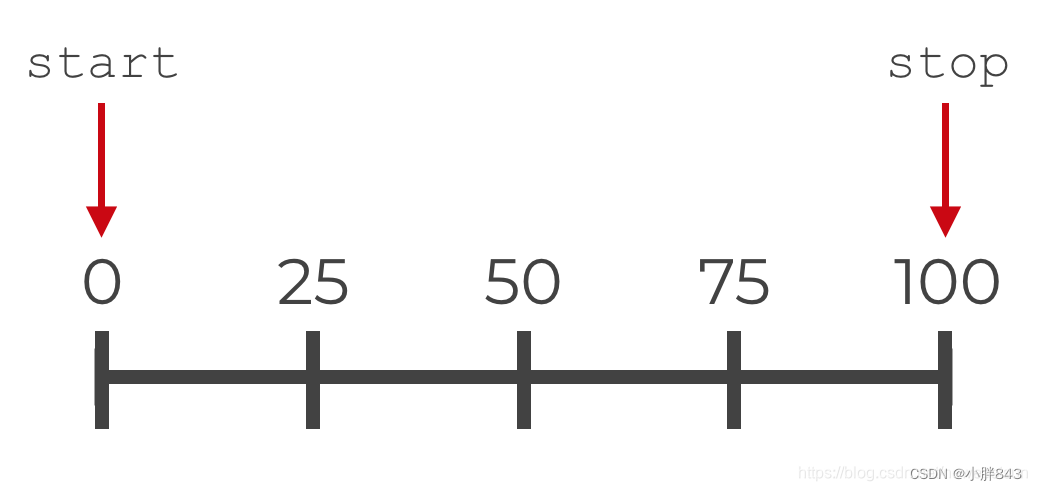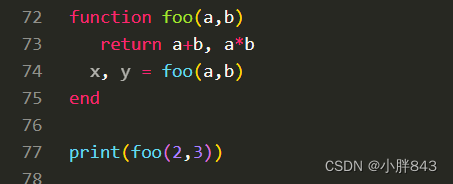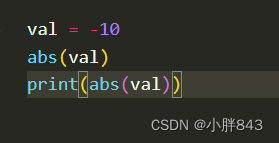linspace函数
通过定义均匀间隔创建数值序列。其实,需要指定间隔起始点、终止端,以及指定分隔值总数(包括起始点和终止点);最终函数返回间隔类均匀分布的数值序列。请看示例:

rand()函数
rand()函数是Excel中产生随机数的一个随机函数。返回的随机数是大于等于 0 及小于 1 的均匀分布随机实数,rand()函数每次计算工作表时都将返回一个新的随机实数。

return函数
return函数是一个将参数值元组映射到返回值的对象,与其它开发语言功能基本相同。Julia的函数可以返回单个值也可以返回多个值。
定义函数
function function_name(parameter)
代码段
end
hypot函数
用法:
hypot(x, y)计算斜边 ,避免上溢和下溢。
abs()函数
abs()函数是Julia编程语言中的库函数,用于获取给定有符号整数的绝对值。
句法:
abs(val)参数:
val –表示一个有符号的整数/值,其绝对值将被找到。
返回值:
此方法的返回类型为Int64 ,它返回val的绝对值。
例:


global函数
前言:
Python中定义函数时,若想在函数内部对函数外的变量进行操作,就需要在函数内部将其声明其为global 变量。添加了global关键字后,则可以在函数内部对函数外的对象进行操作了,也可以改变它的值。
1、global是Python中的全局变量关键字。
2、变量分为局部变量与全局变量,局部变量又可称之为内部变量。
3、由某对象或某个函数所创建的变量通常都是局部变量,只能被内部引用,而无法被其它对象或函数引用。
4、全局变量既可以是某对象函数创建,也可以是在本程序任何地方创建。全局变量是可以被本程序所有对象或函数引用。
5、global关键字的作用是可以使得一个局部变量为全局变量。
sqrt函数
平方根函数
rand(n)函数
rand(n)返回n个标准均匀分布U(0,1)随机数, 类型是Float64的一维数组
scatter函数
绘制散点图
1.函数的基本形式
plot.scatter(x,y,s=None, c=None, marker=None, alpha=None)
其中参数x和y分别代表自变量和因变量
s:代表点的大小
c:代表点的颜色(b--blue、g--green、k--black、r--red、w--white、y--yellow)
marke:代表点的形状('o'表示圆形、's'表示正方形)
alpha:代表点的透明度
SymPy包
1、够计算带有变量的符号表达式2、做各种类型的符号计算





















 958
958











 被折叠的 条评论
为什么被折叠?
被折叠的 条评论
为什么被折叠?








